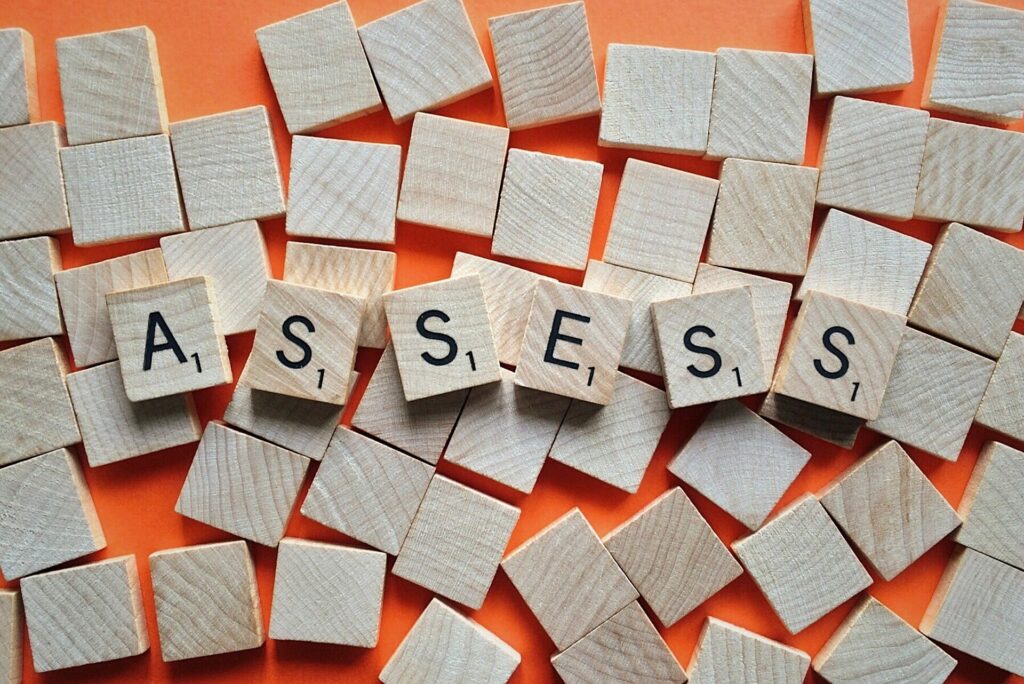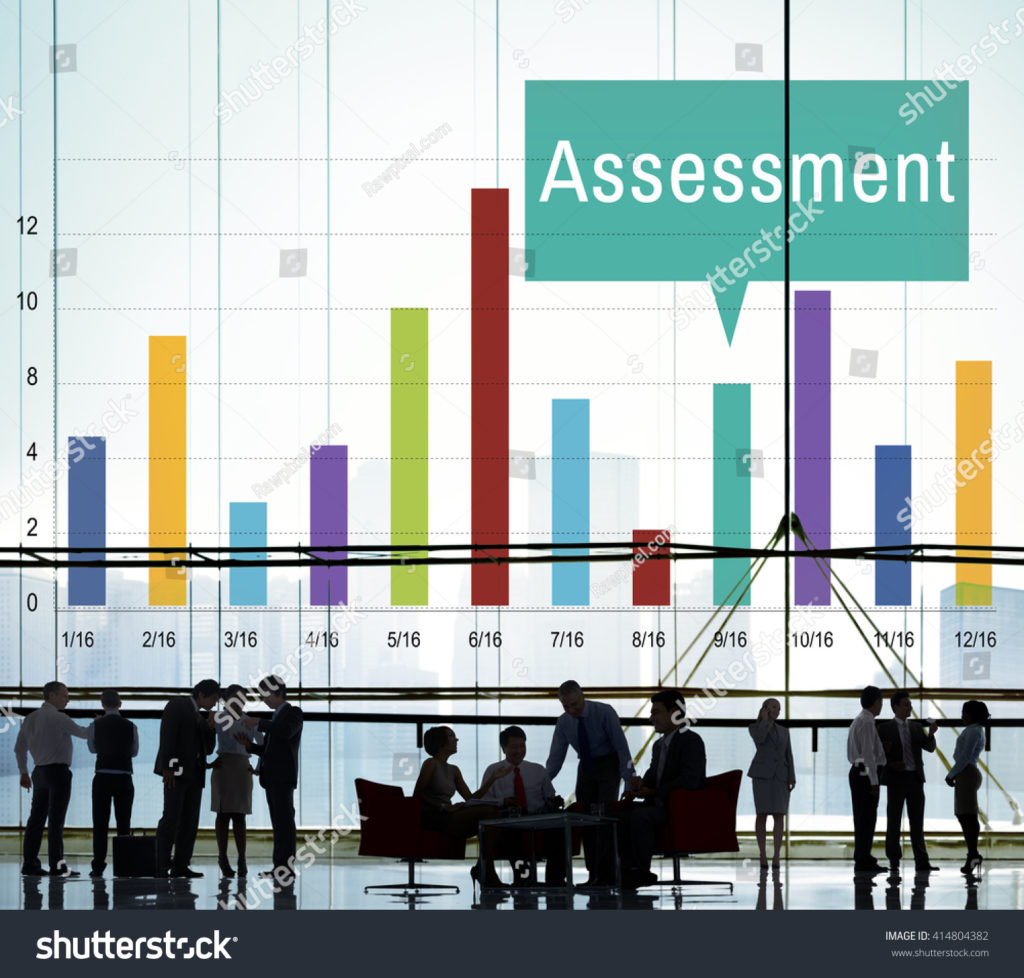Myth: Trickle Down Economics Works Since the days of Ronald Reagan, many have promoted the…

Annual Engagement Surveys
Are They Enough to Assess Diversity, Equity and Inclusion Progress in a Workplace?
Is diversity, equity and inclusion (DEI) an ongoing commitment, or is it addressed as a few questions added to an engagement survey once during a company’s fiscal year? Small and mid-size businesses (SMBs) may look at DEI via a survey, just once due to limited resources. Companies that take such an approach limit their opportunities to maintain DEI sustainability within their companies.
Conducting standalone DEI surveys is typical for companies to determine what their stakeholders think about their progress with DEI. Although surveys are practical tools when administered effectively, information obtained from surveys is one component for companies incorporating DEI within their organizations. Here is a review of other components that should be considered by SMBs when assessing progress with DEI within a workplace.
Inclusive Leadership
All companies have leaders that provide direction on how they can operate effectively. The drawback of leadership is that it can be limited to people with specific titles and roles, e.g., President, Vice President, Director, Manager, Supervisor, etc. Leaders must be inclusive when employees function in multiple positions, especially at SMBs. Change management is essential for inclusive leaders to incorporate in the workplace. Different types of leaders can include change management in the workplace:
- Conservators
- Conservators accept the current structure, systems, and processes within a company. They are champions of incremental change and strong advocates of continuous improvement within the established business model.
- Originators
- Originators like to challenge current structures, systems, and processes. They are champions of expansive business model change and tend to focus on new possibilities, vision, and direction.
- Pragmatists
- Pragmatists tend to focus on getting the job done. They are champions of functional change. They often see merit in the perspectives of both conservators and originators as long as a clear business case exists for one approach.
DEI Communication Skills for Leadership
Communication is also essential for inclusive leaders to establish when talking with colleagues in a workplace. Inclusive leaders must develop a safe space within work environments that includes levels of authenticity, transparency, and trust. There are three types of communication styles that inclusive leaders should consider when developing a safe space within a workplace:
- Using More Audience–Centered Language
- A general rule of thumb is that it takes only a few minutes to determine if a presenter is capturing their audience. A presenter who captures their audience does their research before engagements to identify appropriate speaking tones. This type of communication is effective when administering surveys. Imagine that your audience has English as a second language or has an eighth grade reading level. Keep it simple.
- Demonstrating Subject Matter Expertise
- A practical discussion is when the leader is comfortable and familiar with a topic and is presenting it to an audience of interest. Discussion leaders familiar with their issues utilize an engaging and animated approach, strengthening participants’ interest. Demonstrating subject matter expertise can play an integral role when developing and administering DEI surveys. A survey administrator must be familiar with DEI concepts to address them within survey questions.
- Demonstrating Authenticity
- “Bring Your Authentic Self to The Workplace” has become a common philosophy within organizations establishing an environment that embraces DEI. “Tone At the Top” is another common philosophy in work environments. Employees must see authenticity among inclusive leaders to share their authentic personas in work environments.
Effective communication styles among inclusive leaders can provide insight into how a company is progressing with DEI. Are the leaders capturing their audience with their messages? The Harvard Business Review article” The Key to Inclusive Leadership “provides additional insight into the six traits of inclusive leaders.
Spectra Diversity’s blog “Why hire a veteran?” – Spectra Diversity emphasizes the importance of companies collecting data on the veteran status of employees to ensure an inclusive environment.
DEI Surveys – Administration and Frequency
SMBs only have a few opportunities to administer DEI surveys. The typical timeline for DEI surveys to be issued is annual, which is why they must be done effectively. The first step in survey administration is determining who will oversee the survey process. A DEI officer should administer the survey if possible. An alternative administrator can be a Human Resources leader that oversees DEI activities.
Survey participants should be all stakeholders within a company to obtain different perspectives on its progress with DEI. Typical stakeholders at companies are a Board of Directors, senior leadership teams and employees.
It should not take more than ten minutes for a survey participant to complete a survey comprising 25 – 30 questions. The questions or statements should address three to five subcategories to determine a company’s progress with DEI.
General DEI questions and statements
Responses to questions or statements in this category should reveal what DEI looks like to different stakeholders. Here are statements that can be in a DEI survey for employees:
- ABC, Inc. demonstrates a solid commitment to DEI (Strongly agree to strongly disagree)
- ABC, Inc. has established an inclusive environment for employees (Strongly agree to strongly disagree)
- ABC, Inc.’s policies, practices and procedures support DEI (Strongly agree to strongly disagree)
DEI issues related to disabled employees
The Americans with Disabilities Act, Americans with Disabilities Act | U.S. Department of Labor (dol.gov), requires an employer with 15 or more employees to provide reasonable accommodations for individuals with disabilities unless it would cause undue hardship. The assessment should collect demographic data to show how the perceptions and feelings of individuals with physical and/or mental disabilities differ from those who do not self-identify as disabled.
DEI Training
Various DEI topics can lead to training opportunities for employees. Here are questions and statements that can determine employees’ preferences for training opportunities:
- What are your preferences on how DEI training be delivered – in-person or virtually?
- Select the topics of your choice that you would like to learn more about:
- Cultural awareness
- Development of an inclusive environment in the workplace
- Gender and generational diversity
- Microaggressions
- Unconscious bias
More insights about cultural assessment surveys can be found at Spectra Diversity’s blog, “ Conducting A Valuable Cultural Assessment” – Spectra Diversity. DEI Surveys should be made available to participants for two weeks, with three reminders of completion sent only to those who have not completed the assessment.
A Holistic DEI Process – What Does It Look Like?
Conducting a DEI survey should be one of many steps that SMBs take in developing an inclusive environment in their workplaces. Input from DEI surveys should serve as a blueprint for processes to ensure that DEI is present throughout an organization.
A Chief Diversity Officer (CDO) leads an organization’s journey with DEI. SMBs that do not have budgets to allow the hiring of a CDO should appoint an employee internally to devote most or all of their time to developing DEI initiatives. A senior leadership team that makes such internal appointments should commit to providing that individual with the resources they need to be successful in that role. An internal candidate for a DEI role should be offered the opportunity to obtain a Certificate in Diversity, Equity, and Inclusion from Cornell University’s e-learning course series. The course can be completed within eight weeks by submitting written projects that confirm comprehension of the material shared with certificate candidates. More information about the certificate program can be found at Diversity, Equity, and Inclusion Certificate – eCornell.
DEI Post-Assessment Strategies
What steps are involved in developing a DEI process within an organization? Here are some thoughts on what steps should be considered:
- Sharing DEI Survey Results with Key Stakeholders
- The most common mistake when administering surveys is not sharing results with the audience that will follow up on what has been analyzed. A DEI leader should share survey results with senior leaders who can determine the resources needed for the organization to move forward with its DEI journey. Results from employee surveys should be shared with that stakeholder group. Sharing such information in a focus group setting may result in getting additional information from employees not obtained in their responses to survey responses or questions.
- Strategic Plan
- Survey results and input obtained from focus group settings serve as a guide for a DEI leader to develop a strategic plan. Although plans should refer to actionable items within a 3 – 5-year timeframe, they should be presented to stakeholders with the intention that implementation of DEI efforts is ongoing. A plan should enforce flexibility for long-term sustainability vs. short-term results. It should leave room for a company to have the capacity to mobilize the integration of DEI throughout its operations.
- Establish a DEI Commitment
- Companies must use the most effective language when communicating their commitment to DEI. Many companies refer to a DEI Statement that usually appears on their website, describing their mission and vision with DEI. The word “Statement” may lead to conclusions among stakeholders that a company’s efforts with DEI may not be ongoing. A more appropriate description of a company’s mission and vision is a DEI Commitment. The word “Commitment” leads to the conclusion that a company’s efforts with DEI will be long-term.
- A great example of a DEI Commitment appears on the website of The Institute of Management Accountants, https://www.imanet.org/about-ima/diversity-and-inclusion:
Fundamental to our core values, IMA is committed to creating, nurturing, and advocating for a diverse, equitable, and inclusive member community, accounting and finance profession, and corporate workplace.
We foster mutual respect and a sense of belonging among all individuals. IMA embraces a culture of open-mindedness and encourages multiple perspectives to create and deliver value by collaboratively shaping innovative solutions and taking measurable actions, including:
o Raising awareness of biases
o Attracting diverse talent
o Driving equity in career promotion
o Increasing accountability for progress
Ongoing Communication about DEI Progress
Ongoing communication is essential to ensure that a company’s stakeholders are regularly informed about its progress with DEI. Communication can result in additional resources being allocated toward DEI efforts. Quarterly meetings with senior leaders and employees provide a great forum to share DEI progress.
DEI Key Metrics and Assessment Tools
SMBs should establish key performance indicators (KPIs) to measure progress with DEI metrics. The greatest advantage of KPIs is that they can be measured against metrics every quarter. Such measurement practices would be an excellent complement to feedback obtained annually from employee engagement surveys. Measurement can be qualitative or quantitative, or as the Spectra Assessment reports – BOTH qualitative and quantitative. A company’s DEI metrics should diagnose risk areas and opportunities, track the progress of initiatives and commitment and calculate the return on investment.
Spectra Diversity’s assessment tool is an excellent investment for SMBs to accurately measure progress with their KPIs related to DEI. Spectra Diversity’s experience with its assessment tool is a prime example of why it is crucial to keep up with significant DEI trends. The tool launched in 2017 and began collecting data on veteran status in 2020.
Schedule a demo to see how Spectra Diversity’s assessment tool can help your company measure its progress with DEI.
There needs to be more than annual engagement surveys to assess DEI progress in a workplace. We hope this article provides guidance on how your company can move forward with a process that ensures the effective implementation of DEI, and assessment tools that can be considered for measurement.
Source: Deloitte, “ Inclusive Leadership Imperative” | Deloitte Imperatives
Source: Gallup Employee Engagement Solutions
Source: Ragan Training, “Sample KPIs to show DE&I impact” – Ragan Communications



